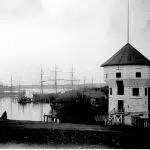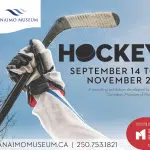High-tech backpacks open world of whales to deaf students
SAMANA, Dominican Republic — Every winter, whale-watching excursions take tourists to ride alongside humpbacks frolicking in the Caribbean. One voyage this week pursued whales for their mysterious, multi-octave songs, but with passengers who didn’t hear the grunting and squealing.
The dozens of deaf students wore high-tech backpacks that turn whale songs into vibrations, opening the world of whales to children who gasped and marveled at feeling the sounds for the first time.
“When I first felt the vibration, I felt it in my heart,” said Nicole Duran, 15, a student at the St. Rose Institute for Deaf Assistance in Santo Domingo. “It reminded me of a heartbeat,” she said through a sign language interpreter.
Nicole was among 47 students on the field trip from Santo Domingo, the capital on the south coast, to Samana province on the north coast, a three-hour bus ride.



